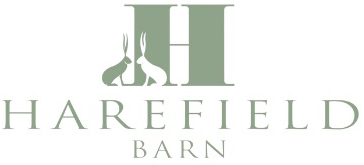Planting the new cherry tree this morning (with more plantings to come) got me thinking about the huge number and variety of trees we have established over the years.
Having the privilege of living on a farm surrounded by plenty of space, over time we must have planted hundreds of individual different trees, let alone the thousands of cider apple trees in the orchards. Our house, which looked very odd in an empty field 30 years ago, can now hardly be seen for trees and hedges, and no doubt more on the way.
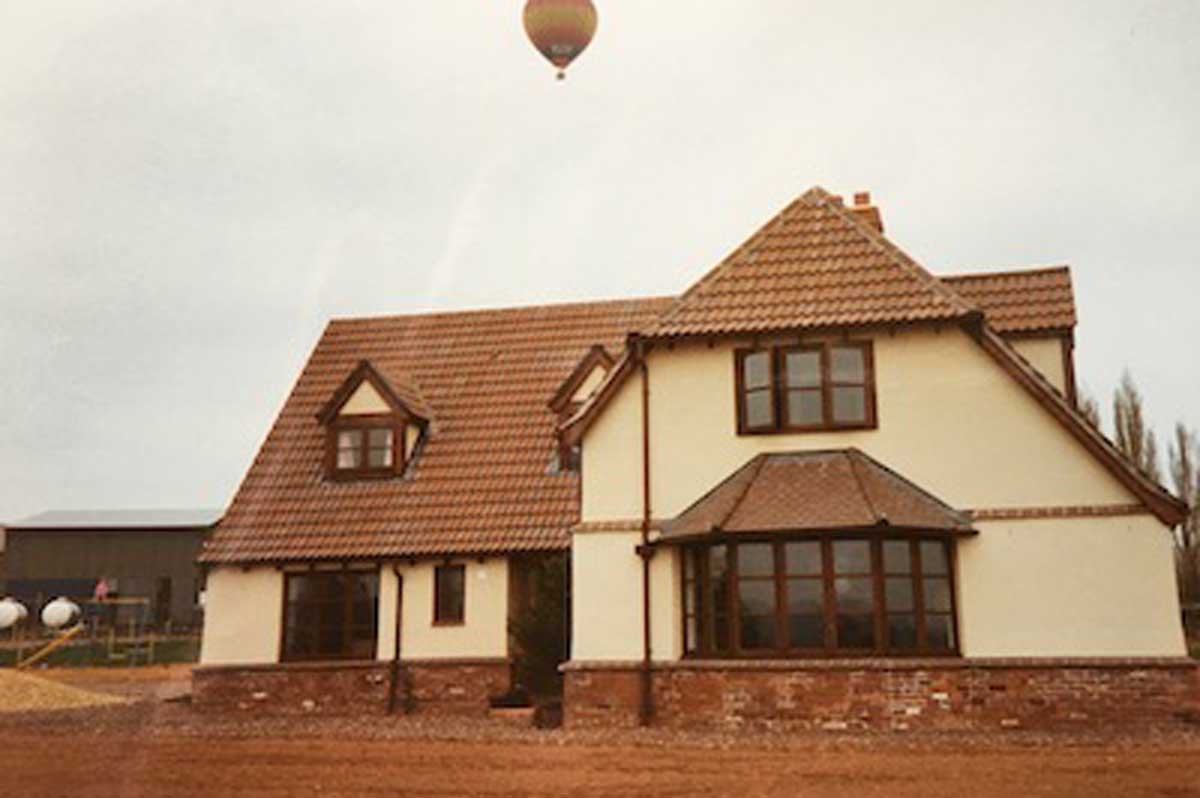
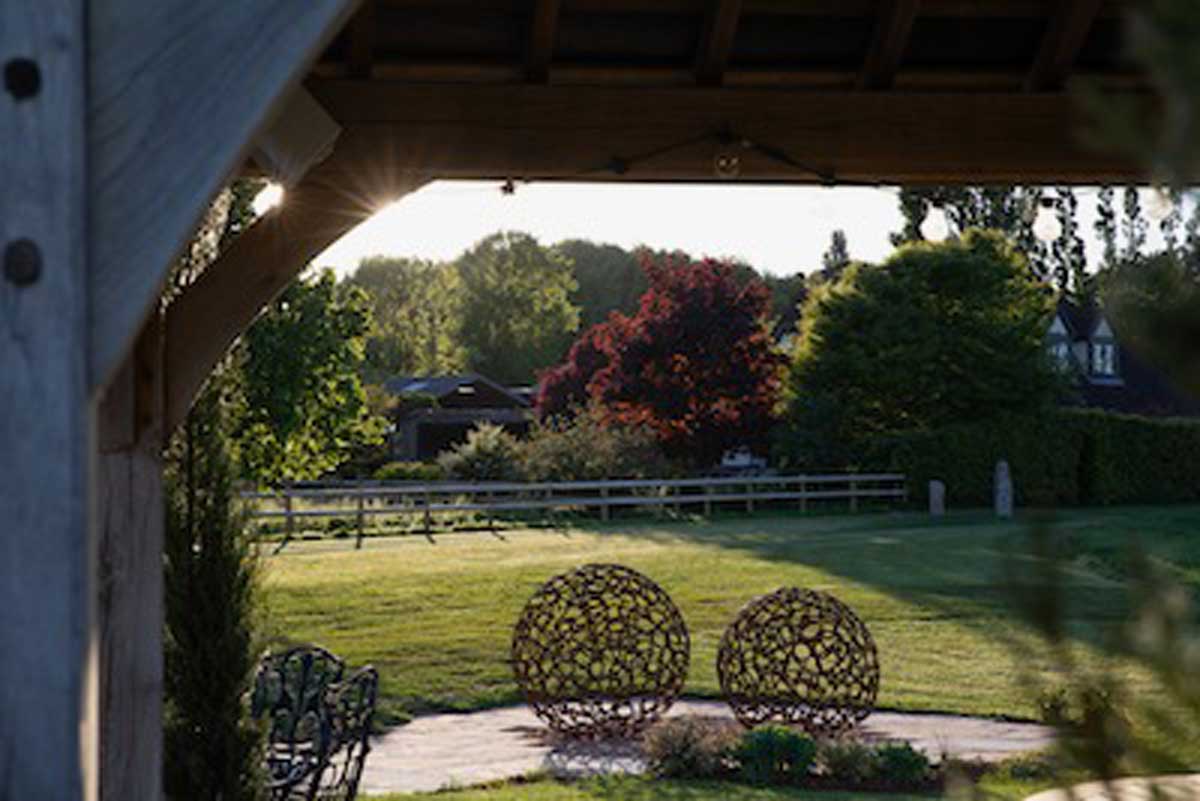
It’s always been a family thing, and who doesn’t love the infinite variety of shape, size and colour that the world of trees can bring. Robert’s father, Arthur, was a very practical and hard working man, so trees not only had to provide beauty, but often served a useful purpose too. His practical side led to a certain style of ‘bottle brush’ trees around their garden, when any lower branches which interfered with cutting the lawn were unceremoniously chopped off! The trees might not have been allowed to grow in their true shape, but never could it be said that the garden of Shute House (now Shute Manor) was anything other than immaculate and beautiful at all times.
We haven’t been able to work out exactly when, but sometime in the late sixties or early seventies, Arthur planted a screen of Lombardy Poplars around the farm yard to protect it from the wind. To many people, these should be kept where they originated in Italy, as they are far from a natural species for this area, but the square of tall stately trees has become a pretty iconic feature of the local landscape. At the time they were planted, the more natural looking poplar varieties were not around, and the fast growing Lombardy type were readily available and provided a fast growing windbreak, so that is why they were chosen.
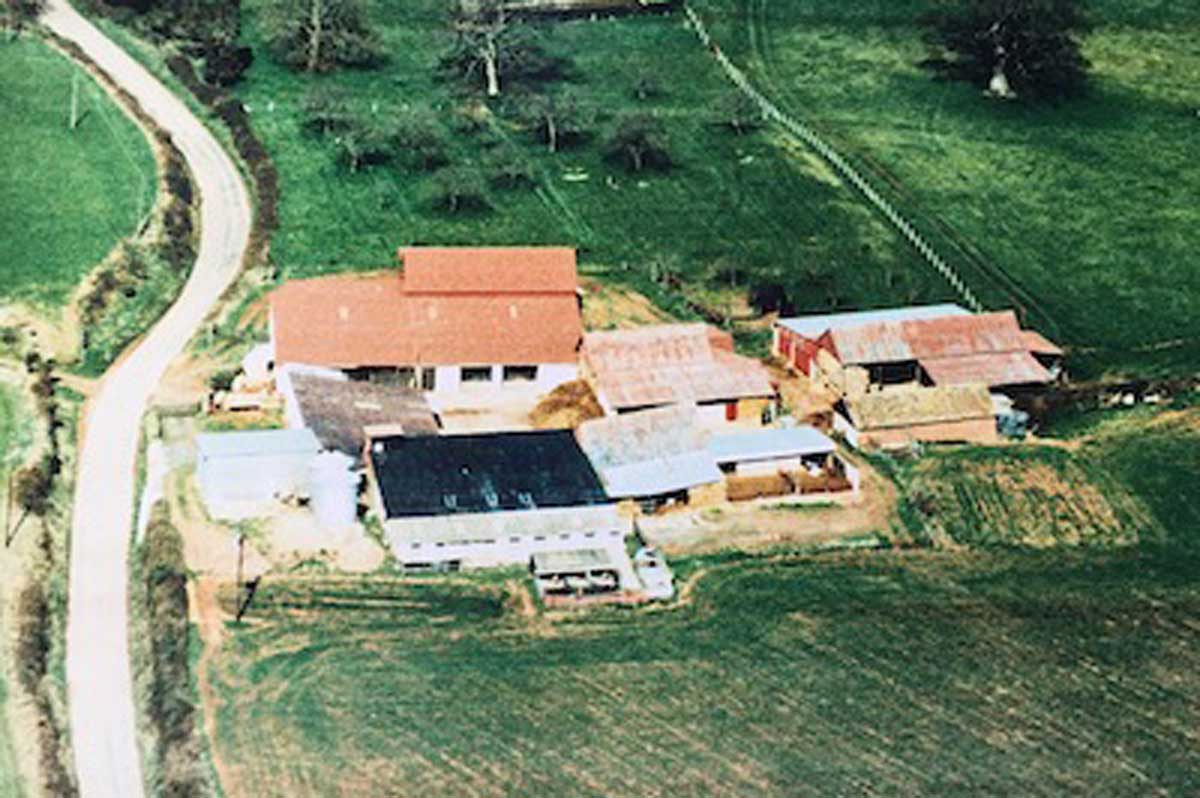
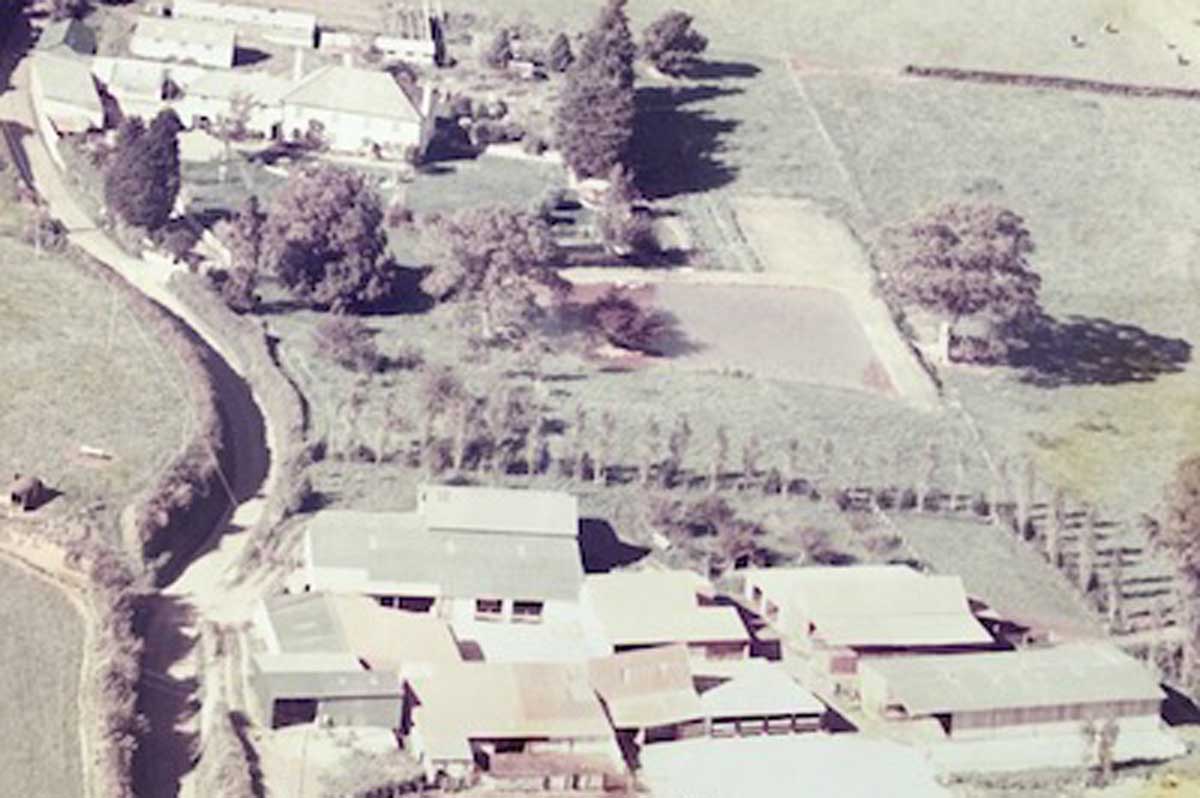
At some point between these two old pictures of the farmyard, the original Lombardy poplar screen had been planted.
This also rather brings into question the often repeated statement that Lombardy Poplars are a relatively short lived tree, not surviving beyond 30 or so years. Well Arthur’s trees are still going strong, and he soon discovered they had another quality which he much admired, namely how easy they were to propagate. By just breaking off a branch, sticking it in the ground, and having a little patience – hey presto – another tree! By this means, when the farm yard was extended in later years, more poplars appeared around its boundary, and why in hedges all over the farm you will see the odd Lombardy towering above the other trees.
Two fabulous specimens frame the driveway into Harefield Barn, and as the sun goes down, the long shadows cast by poplars can be seen stretching across the field on the opposite side of the valley.

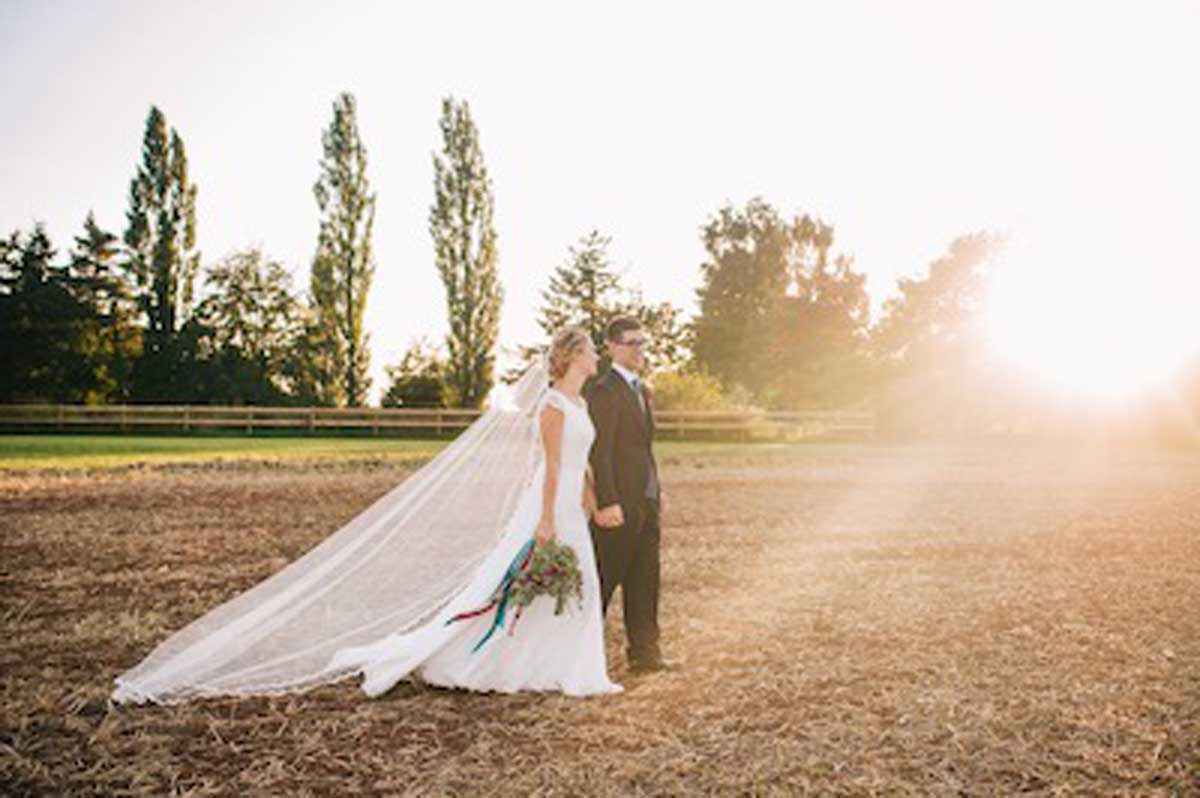
The question is, do we continue this ‘Ayre’ tradition? I’m sure the purists would say that once the existing trees come to the end of their natural life, then Lombardy Poplars should make a graceful exit from this corner of Devon. However, Robert and I are not so sure, and this morning he has taken some splits off the existing trees, to see if he has his Father’s magic touch! I personally think that Shute Farm would not be the same without its trademark poplars, and for those who spent time here as children, there’s something of a little buzz when you return and see them in the distance.
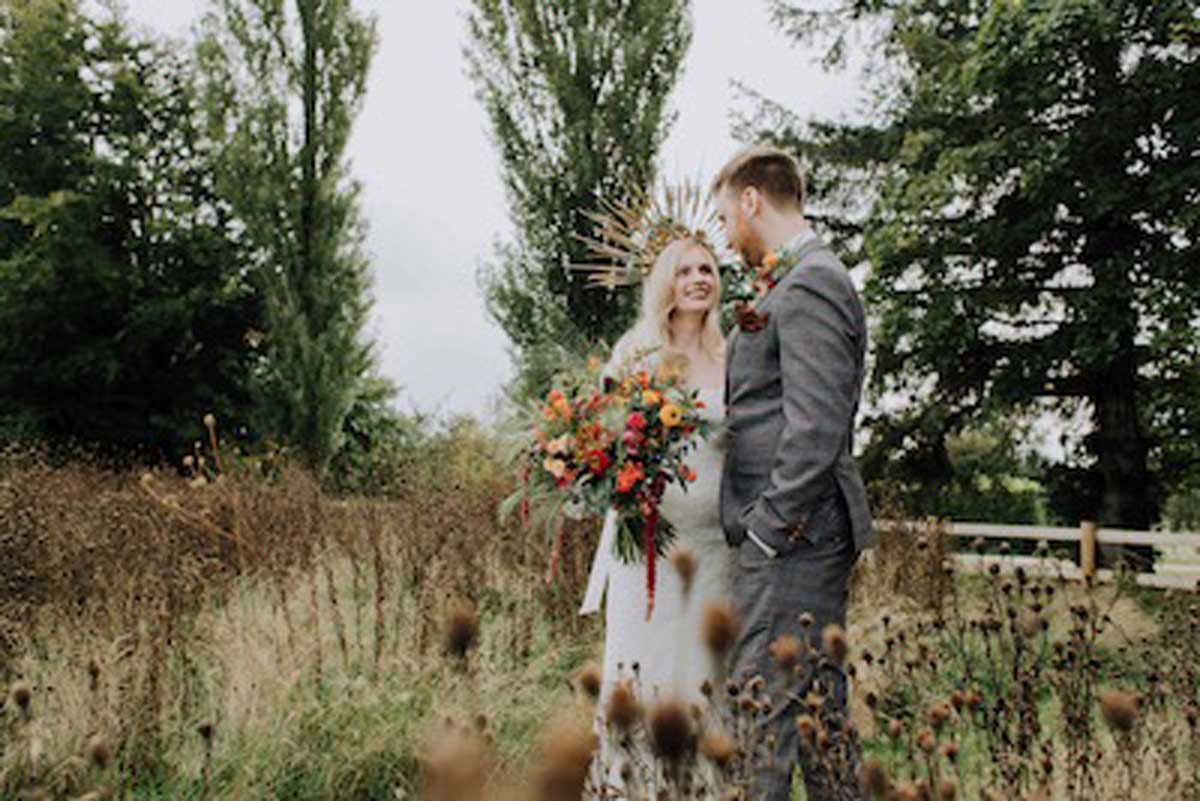
Let me know what you think – should we perpetuate the longstanding tradition of Lombardy Poplars here at Shute Farm, or stick to more native varieties? (Spoiler alert – the existing ones will be around for a while yet!)
